Sharing How to Treat Fungal Disease in Eels
Signs of Fungal Disease in Eels
Eels affected by fungal disease may show cottony, white threads on their skin, with their appetite gradually decreasing until they stop eating and eventually die.
Causes of Fungal Disease in Eels
Fungal disease in eels often occurs in the colder and humid months of winter, fall, and spring, as these conditions encourage the growth and spread of fungi. The disease is caused by parasitic fungi that cling tightly to the eel's skin, feeding on its nutrients. As a result, the eel loses nutrition, becomes anemic, stops eating, and dies.

Treatment for Fungal Disease in Eels
If the fungal infection is mild and newly detected, farmers can treat the eels by bathing them in salt water. The ratio is 20-30 kg of salt per 1 cubic meter of water. Mix well until the salt dissolves, then bathe the eels for 15-20 minutes.
If the infection is more severe, use:
- Copper Sulfate (CuSO4): This blue salt compound should be used at a ratio of 7-10g per cubic meter of water. Bathe the eels for 15-20 minutes daily for three days. Afterward, change the water completely to disinfect, continuing with new water for two consecutive days.
Note: Copper sulfate (CuSO4) is harmful to the environment and health. Protective gear should be worn during mixing to avoid direct contact, and waste should not be discharged into the surrounding environment.
With this information, farmers now have a guide to treating fungal disease in eels, helping them manage issues without delay to prevent economic loss. Wishing everyone a successful eel farming season!
Contact AQUA MINA for consultation and supply of aquaculture round tanks and aquaculture equipment for high-tech shrimp farming.
- Address: 685 National Highway 1A, Binh Hung Hoa Ward, Binh Tan District, Ho Chi Minh City
- Phone: 1800 6071 (Toll-free hotline)
- Email: sales@aquamina.com.vn or oversea@aquamina.com.vn
Aqua Mina's distributor in Japan:
REX INDUSTRIES CO., LTD
- Address: 1-9-3 Hishiya-Higashi, Higashi-Osaka 578-0948 JAPAN
- Email: kimakubo@rexind.co.jp
- Phone: +81-(0)72-961-9893
- Website: http://www.rexind.co.jp/e/
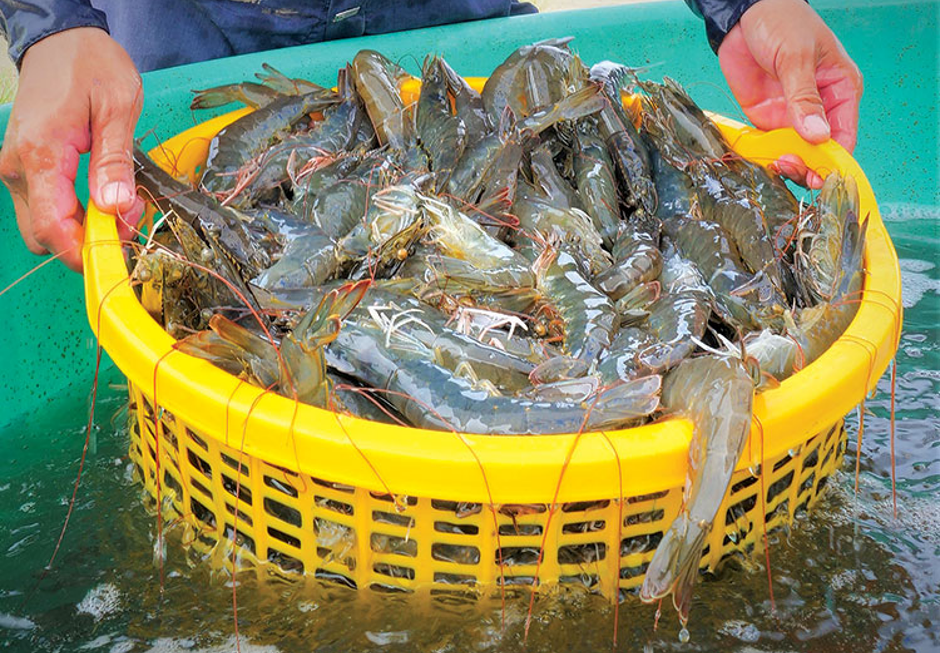
Ngày đăng : 08/11/2024
1934 View
Other Articles
Portuguese food group acquires 18% stake in cod farming company Norcod
Indonesia implements radioactive-free shrimp certification for exports to the United States
India is world’s second-largest shrimp producer. That is now under threat
Ca Mau’s shrimp industry moves towards “green” growth
Floods devastate aquaculture, processing operations in Vietnam
Ecuador Leads Global Shrimp Exports, Surpassing USD 7 Billion in 2025
India's marine product exports rise 16% as new markets offset US dip
Skretting presents the first shrimp feed with insect meal in Vietnam
Sharing: EU increases shrimp imports in the first 9 months of the year
Gideon De Oro opens high tech Cebu shrimp plant, to revive exports
White-leg shrimp facing WSSV: When density and environment fluctuate together








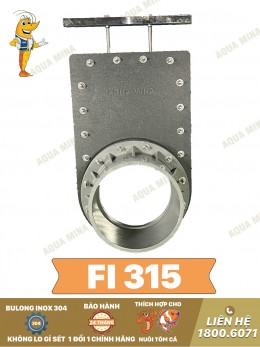
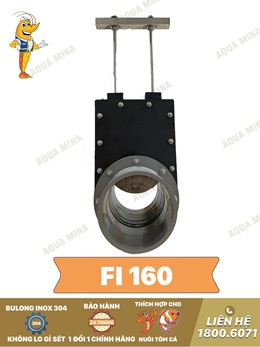
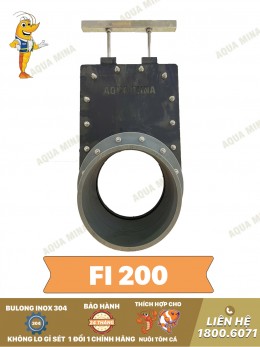
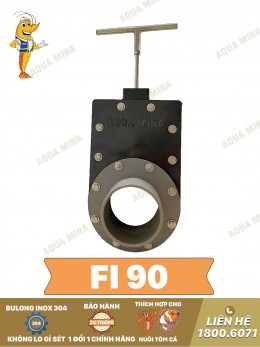
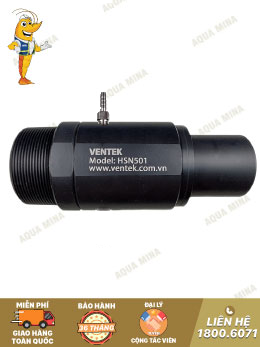
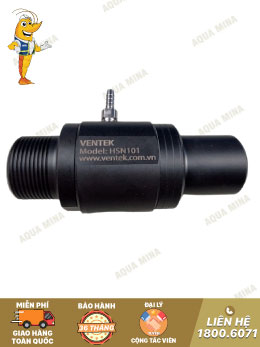

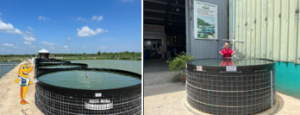
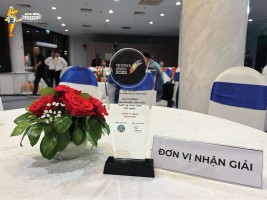
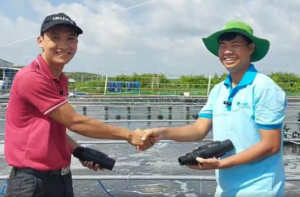
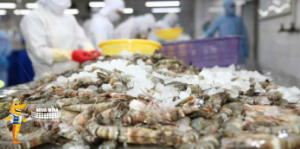
.jpg)